Diversifying Revenue Streams Beyond Core Products

In an increasingly competitive life sciences landscape, CFOs of small and mid-cap pharma and biotech companies are strategically diversifying revenue streams to address patent cliffs and market uncertainties. This shift goes beyond risk mitigation to ensure sustainable growth and innovation. From digital health technologies to strategic alliances, diversification has become critical for success in 2025. Companies are moving beyond traditional drug development to explore digital therapeutics, AI-driven diagnostics, and personalized medicine solutions. This evolution is especially vital for smaller players competing with larger pharmaceutical companies. Through diversification, companies protect against market volatility while driving healthcare innovation. Digital technologies and strategic partnerships create new opportunities in the evolving healthcare landscape.
Capital Allocation and Cost Efficiency in Life Sciences

Small and mid-cap life sciences companies face mounting pressures in 2025. With increasing market volatility, limited resources, and fierce competition, many CFOs are struggling to direct capital allocation and cost efficiency effectively. Inefficient capital allocation not only slows innovation but can also lead to missed growth opportunities, delayed product launches, and financial instability. If left unresolved, these challenges could jeopardize strategic priorities, reduce shareholder confidence, and compromise long-term sustainability. For companies in biotech, pharma, and biopharma, the stakes are especially high as competition intensifies and access to funding tightens. CFOs must act decisively to align resources with business goals and ensure efficient financial operations.
Mastering Licensing Agreements Financial Management for Life Sciences Success

Effective financial management of licensing agreements is crucial for small and mid-tier life sciences companies, as these agreements provide essential funding and strategic collaboration opportunities. To navigate the complexities of licensing, companies should adopt best practices such as aligning milestone payments with key value-driving events like clinical trial successes, tailoring royalty structures to market realities through tiered models, and leveraging modern ERP systems. These systems offer integrated project management and real-time tracking of milestones and costs, enhancing transparency and efficiency. By implementing these strategies and utilizing advanced financial tools, companies can foster innovation, mitigate risks, and build partnerships that drive the development of life-changing therapies.
Is Finance The Weak Link in Biotech Innovation?

In 2025, financial innovation is pivotal for small and mid-tier life sciences companies aiming to navigate complex licensing agreements effectively. Implementing modern Enterprise Resource Planning (ERP) systems is essential, as they centralize data, automate tasks, and integrate AI capabilities, thereby enhancing financial operations. By adopting best practices and leveraging technology, companies can build partnerships that foster innovation, mitigate risks, and deliver life-changing therapies to patients worldwide.
Poor Cash Flow Reporting Holds Back Life Sciences Innovation

Finance teams in small to mid-cap pharma and biotech face complex cash flow management issues under both US GAAP and IFRS. Cash flow statements often reveal a troubling gap: they lack the actionable insights needed for strategic decisions. In an industry where every dollar counts, failing to address these limitations jeopardizes a company’s financial agility and its survival. Major pain points include the pressure to classify cash flows accurately as operating, investing, or financing activities, and the added complexity of foreign currency transactions due to fluctuating exchange rates. Mergers and acquisitions further complicate reporting, requiring precision in separating acquisition-related expenses and liabilities. Additionally, transactions like contingent considerations and stock compensation arrangements bring unique challenges in presenting clear and accurate cash flows, often leading to confusion and restatements.
The Value of Your Company Unveiled Thanks to Modern ERP Financial Reporting

In small and mid-cap life sciences companies, finance teams are stuck in legacy accounting practices that stifle innovation. Bloated Excel sheets, convoluted explanations, and feedback loops that feel more like interrogations leave R&D teams frustrated and distracted. These outdated processes don’t just waste time—they erode the value of R&D itself. It’s time for non-finance leaders to demand streamlined, transparent tools that support growth, not block it.
As a result, the journey from lab to market hinges on the seamless integration of R&D with strategic financial oversight.
Below, we explore why CFOs – and stakeholders – must rethink their approach, replacing outdated methods with more modern and integrated solutions to protect and amplify R&D success.
Outdated Accounting Practices Hold Back R&D Success

In small and mid-sized life sciences companies, outdated accounting methods in finance are causing more harm than meets the eye. Legacy systems—marked by complex Excel spreadsheets and lengthy feedback loops—are overwhelming R&D teams. These inefficient practices waste time and drain the value of R&D, leading to delays in innovation. It’s time for non-finance leaders to push for streamlined, transparent accounting tools that drive progress rather than hinder it. The path from lab to market depends on integrating R&D with modern, strategic financial oversight. CFOs and stakeholders must embrace up-to-date, integrated solutions to secure R&D success and company growth.
Outdated Accounting Processes Hinder Revenue Recognition Efficiency

Outdated accounting processes in small and mid-sized life sciences companies significantly hinder revenue recognition efficiency. Reliance on legacy systems and manual methods leads to inaccuracies and delays, especially when scaling operations. To address these challenges, companies should modernize their financial processes by implementing advanced ERP systems and adopting automation. These changes will improve accuracy, efficiency, and scalability, ensuring compliance with revenue recognition standards like ASU 2014-09 and IFRS 15. By upgrading systems, companies can streamline revenue recognition, ensure compliance, and drive growth. 
Key Pitfalls to avoid for U.S. Biotech Firms when settling in Europe

In this article we would like to share our experiences in the most common and recurring pitfalls that US Biotech companies do when going global and coming to Europe. We will address four key areas: The views expressed in this article are different from the established norms, but we believe they reflect today’s reality. Because many HQs are now employees-less, resulting in millions paid in unnecessary leasing costs: how many employees work from home, in countries which are thousands of miles away from “the office”? This represents a significant tax risk for companies if your Key Positions do not reflect the reality of your structure. The unprecedented times we live will accelerate policy changes in the way we live, work and get taxed. European Landscape Despite the single market, every EU country has different regulatory requirements and laws. Payer requirements and reference pricing systems also varies from one country to the other. And not to minimize multiple languages and cultural differences. Common pitfall? Do not assume that habits and processes are the same in France and Germany, or Italy and Spain… As an example, in some countries you can create a company in as little as 24 hours, and some countries may require 3 months! Implementation Strategy – Which Biotech hub? If the General Manager is the obvious first hire, which position should come next? When should Health Economics and Outcomes Research (HEOR) and Health Technology Assessment (HTA) being considered? Common pitfall? Building solid tools that support decision-making take time and reaching out to Payers requires patience. It’s never too early to think Market Access. What is the appropriate infrastructure and business process? Looking from the US, the European Biotech “places to be” seems very fragmented! Every country has its own ranking: if Switzerland is the leading country for patents, mostly because of advantageous IP Box fiscal structure, academics cooperation and grants are relatively poor compared to UK and Germany. Spain, Catalonia, is the place to be for Digital Health & Big Data, Biomedical Sciences and Genomics, and offers good access to capital and tax incentives too! Common pitfall? A central HQ is no longer the norm. To take advantage of the many European hubs, think competency centres. It’s also the most efficient way to build a rich, diverse culture. IP Considerations and Taxes “Cost +” is dead. New OECD rules and taking advantage of Biotech Hubs across Europe lead to more complex profit-split and profit-sharing methods in group companies. A balanced Infrastructure designed to maximize your Value Chain and with the appropriate Key Functions are key factors to de-risk inter-company transactions and IP recognition. Common pitfall? Too many companies pay unnecessary taxes because of intercompany transfer pricing. Conducting clinical trials in Europe? Do not underestimate the importance of VAT (Value Added Tax) & Customs compliance. All goods have a customs value and therefore are taxable. Incorrect filing could lead to heavy fines and license bans. In addition, with an average rate of 15% around Europe, recovering VAT could lower your costs. Common pitfall? Do not underestimate the importance of VAT (Value Added Tax) & Customs compliance. Incorrect customs documents can lead to high penalties and dramatic damage to your company reputation vis-à-vis of clients. As buyers, or receivers, are ultimately liable for the taxes in cross-border operations. Digitalization : dilemma or paradigm shift? FDA CFR – Title 21, General Data Protection Regulation (GDPR), HIPAA, SOX… How to handle (patients) data protection, privacy, in a patchwork of different regimes? Extra-territorial laws impacts can arise depending on where your data is stored. In a world that is interconnected with an increasing need for true collaborative interactions, you must ensure that your Cloud in protected and with efficient compliance programs. Common pitfall? The IT department is often disregarded in strategic decisions about software integration. A global view is necessary to ensure harmonization and interconnection across all companywide systems.
